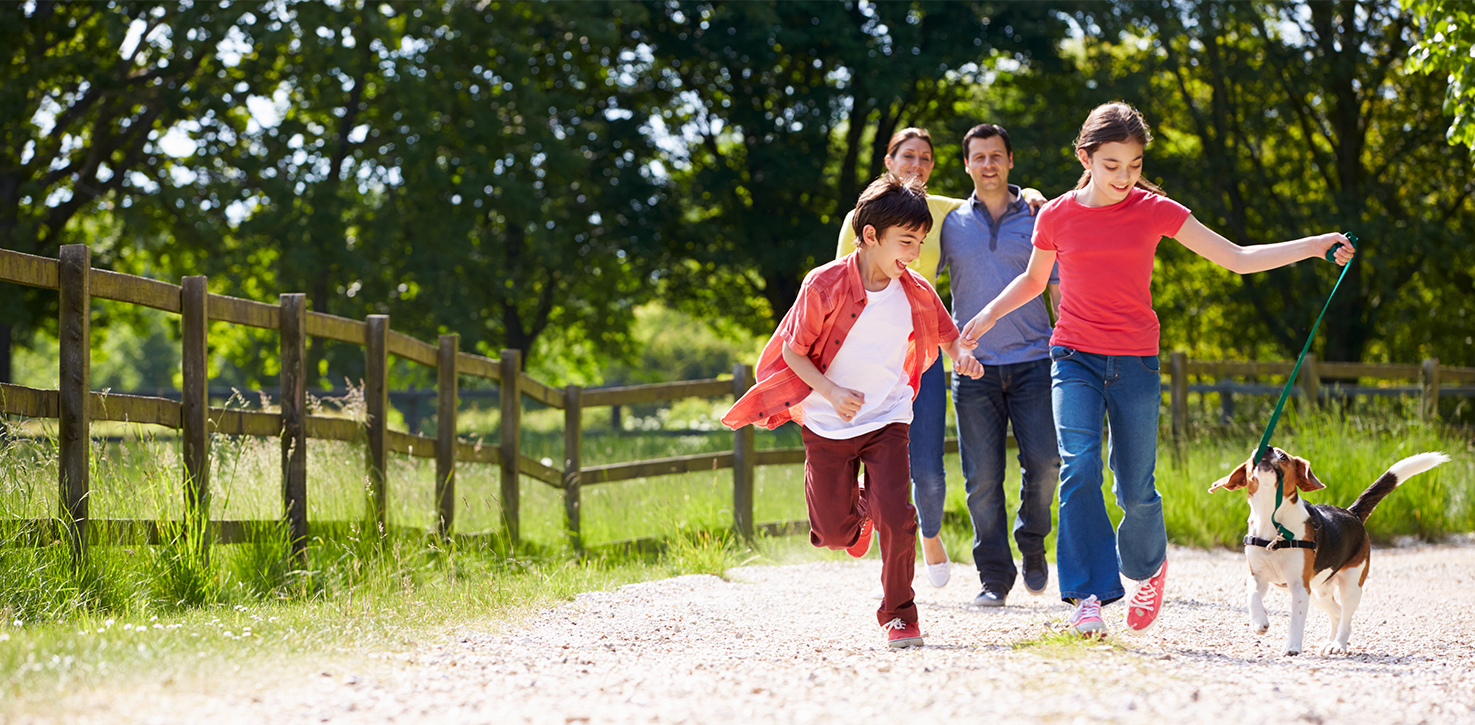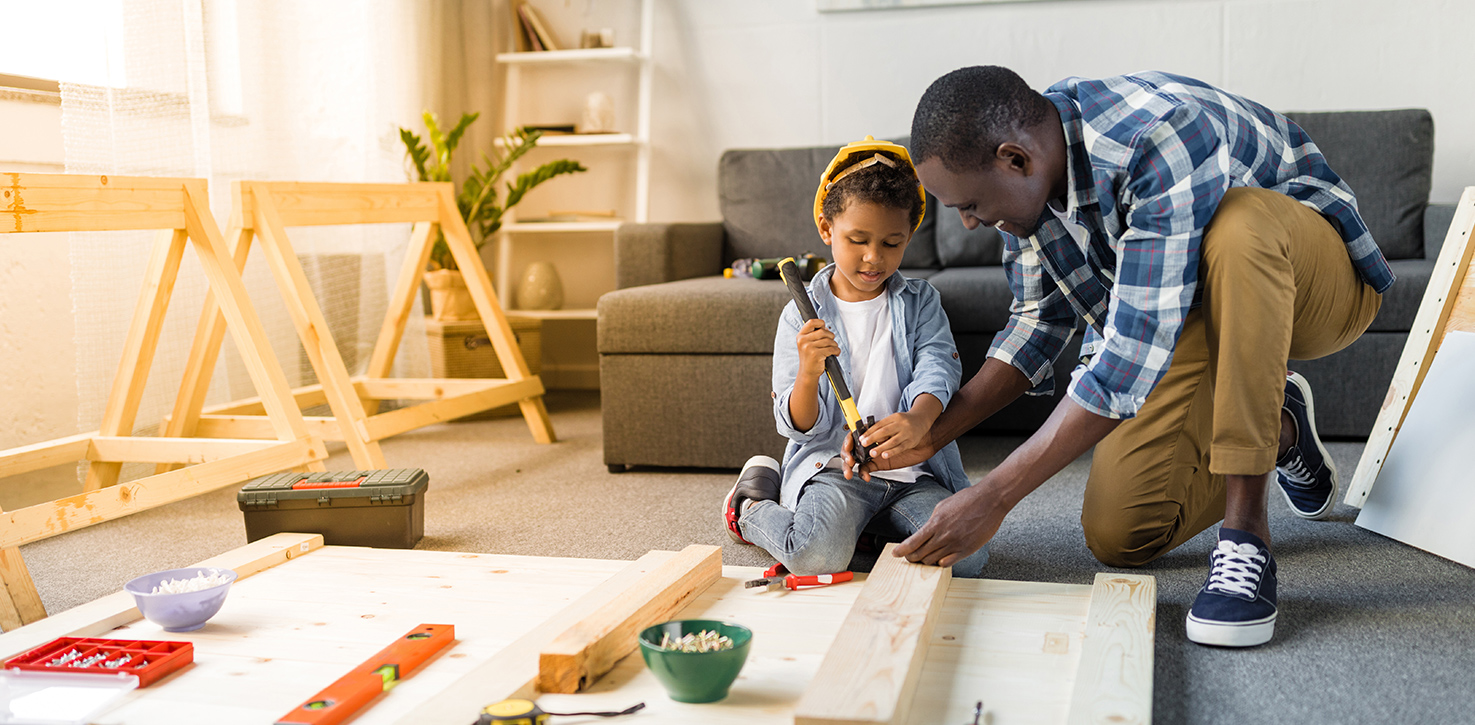
How I Tricked My Kids Into Being Active
How I “Tricked” My Kids Into Being More Active
You don’t have to watch the news for very long to hear about the dire physical state of American kids: almost 20 percent of children and teens are obese; they’re developing diseases at alarmingly young ages that previously showed up only in adults and they may be the first generation that doesn’t live as long as their parents; and on down the line. Seven months ago, I’d heard enough of this dreary forecast to make me stand back and objectively assess my own children’s situation. And I realized I was in trouble.
Or they were in trouble, depending on how you looked at it.
Alicia was 12, Kyle was 10. Neither was “obese” by medical standards, but both were very inactive and getting “fluffier” than I like to admit. Aside from minimal homework and chores around the house, they spent most of their time engaged in some form of anesthetizing technology– video games, TV, smart phones, YouTube and the rest.
I have to admit I wasn’t the best role model in the world. Life and all its involvements and obligations and responsibilities had overtaken me years ago, and I decided that I, too, needed a tune-up. I figured if I developed a more active lifestyle, it would be easy for my children to follow suit. They did take notice of my daily walks and sit-ups, but it certainly didn’t make them want to get up and start sweating with me.
A Revelation and a Strategy
As I pondered how I could activate my children and help them avoid issues that may come with an inactive lifestyle, I realized that their supposed aversion to physical activity wasn’t the problem. When I was young, my friends and I rode bikes, played in the park, got into sports and ran through the house until our mothers shouted, “Sit still before you break something!” We were naturally active, as children will be if left to their own devices. But when technology takes over, physical activity is apt to go out the window. So that’s where I started.
With my husband’s support, I set down some new rules. I decided the children would get two hours of tech-engagement per day. They could choose the time of day and the type(s) of tech, but after two hours; that was it. They didn’t like this (Alicia called me a “despot” – I didn’t know she even knew that word!), but I stood my ground.
The next step was filling the empty hours. Here are some of the ways I did it.
1. Bikes
Although we all had bikes, they hadn’t seen the light of day for quite a while. We dusted them off and began riding together five or six evenings a week. The kids loved it and were quickly out-pedaling their dad and me.
2. Dog
We adopted an Australian Shepherd from a local rescue and named her Suzi. The kids instantly bonded with her. They took turns walking her and loved wrestling and playing fetch with her in the backyard. Suzi was perfect to crank my children up, because, as you may know, Aussies have two speeds: full-blast and sleep.

3. Sports
With time on their hands, and with some encouragement from their dad and me, the children became interested in organized sports. Kyle went for soccer, which he’s always loved watching on TV. Alicia tried soccer but said it was boring, so we put her in a community gymnastics program. Both of them immediately thrived.
4. Projects
My husband got both kids involved in building Suzi a dog house and let them do the majority of the measuring, sawing and nailing. It’s not a great-looking structure, but then Suzi never goes in there, anyway. I came up with the idea to let them paint their own rooms. Yes, they did it themselves, and yes, we’ll need to re-paint if we ever sell the house. But they both enjoyed working with mom and dad on these and other home projects.

Once they had free time to fill, they just naturally fell into more vigorous pursuits.
Now, seven months after starting all this, neither of my children could be called “fluffy.” They’re stronger, they move better, they seem happier and their school performance has even improved (Yay!) Every child is different, so the ways you go about increasing your kids’ activity will be unique. I found what worked for my children, and so can you.
The part of Alicia’s and Kyle’s “transformation” that made everything else possible was disengaging them from life-sapping technology. In a way it was like a trick: once they had free time to fill, they just naturally fell into more vigorous pursuits without even realizing what they were doing. I attribute this to the fact that a normal child is an active child, given the opportunity.
And here’s an unexpected twist: the overall increased activity around the house got my husband and me thinking even more about our own health. He has joined his company’s weekend softball team and thinks he’s the next Derek Jeter. (He’s not, but I still love him.) And I’ve signed up for swimming lessons at our city’s public pool. I’ve always wanted to swim, and now’s the time.
None of us may win any awards for the most-fit bodies or the best athletic performance, but one thing’s for sure: We’re going to keep on getting healthier and happier individually and as a family. That means more to me than anything.






















